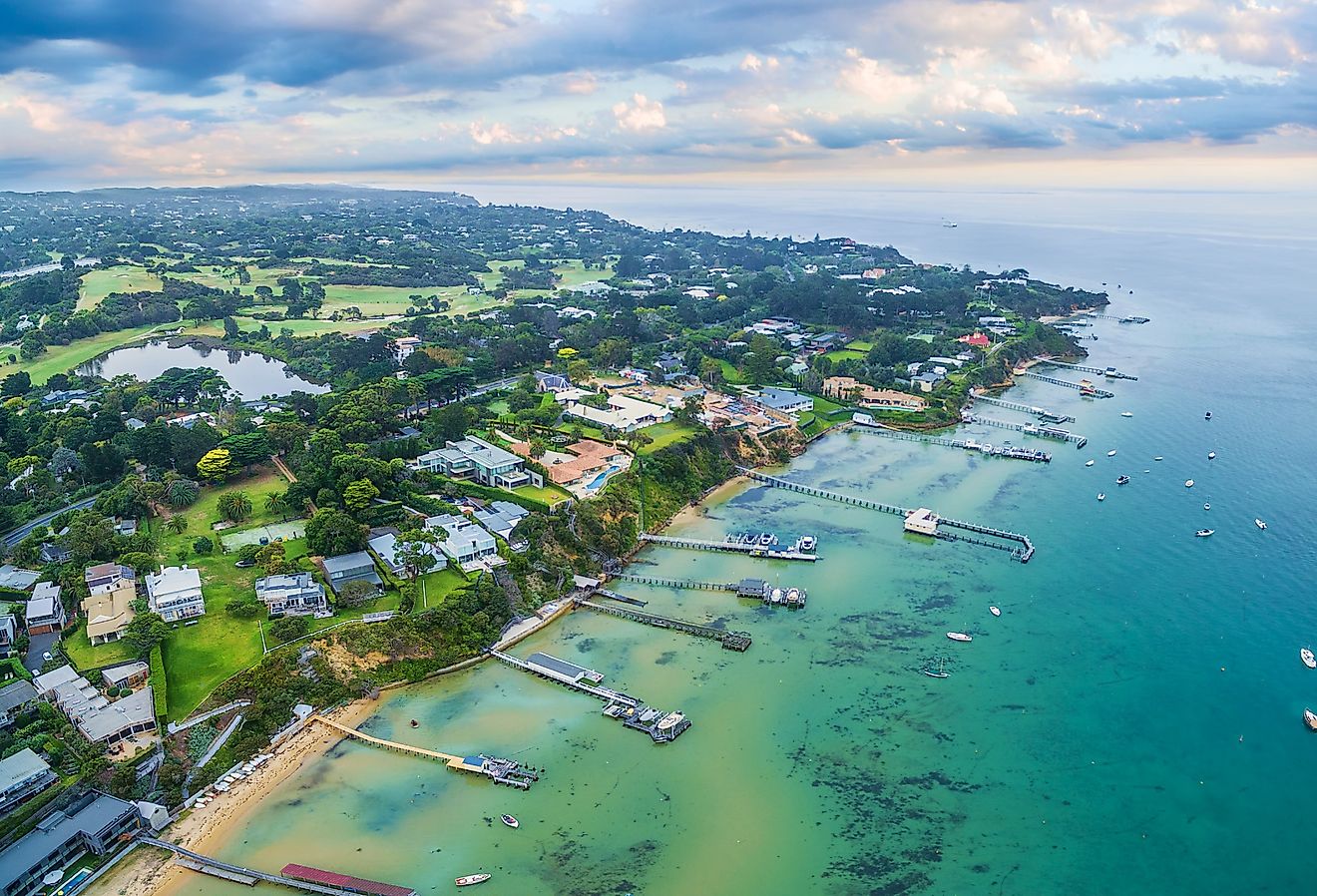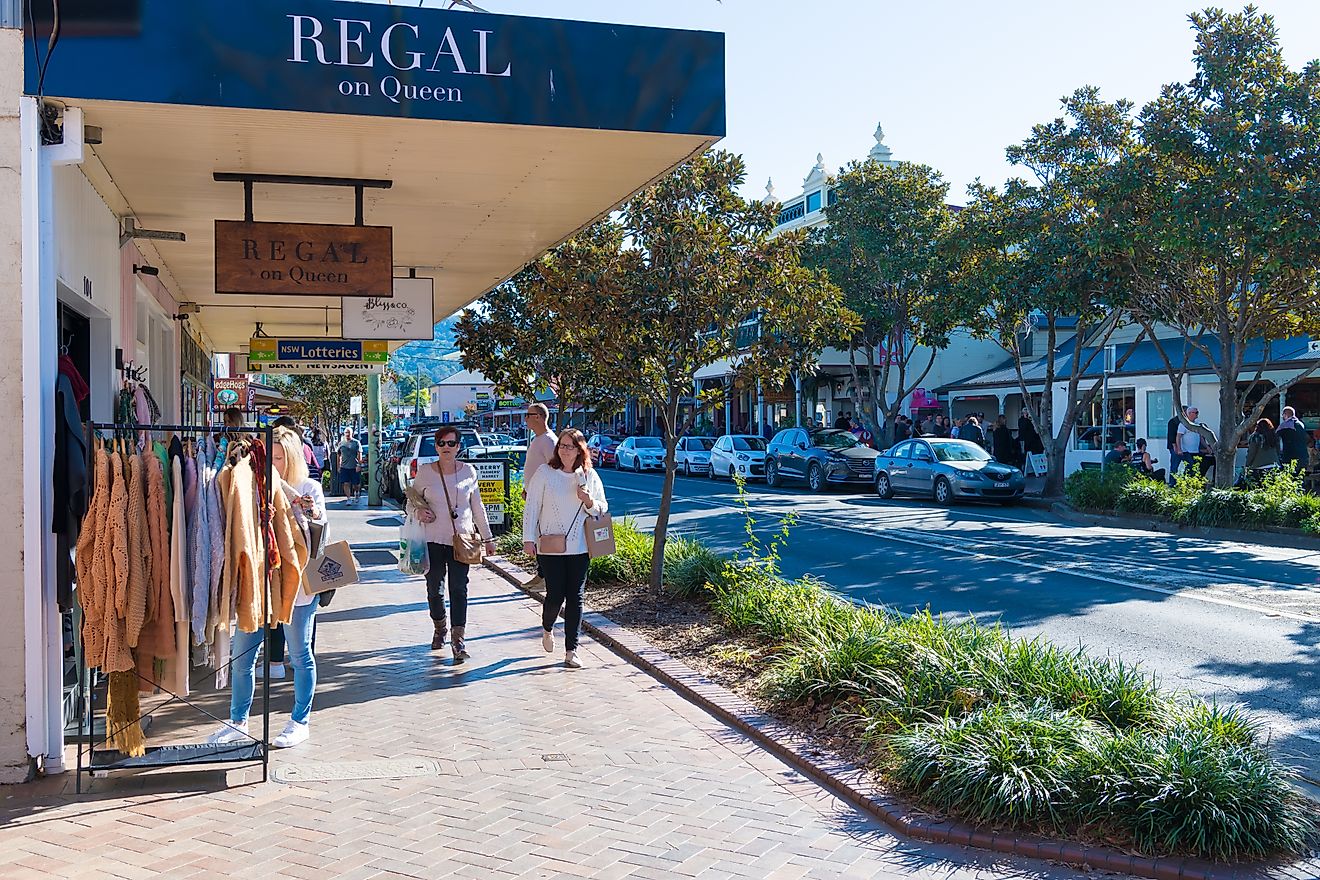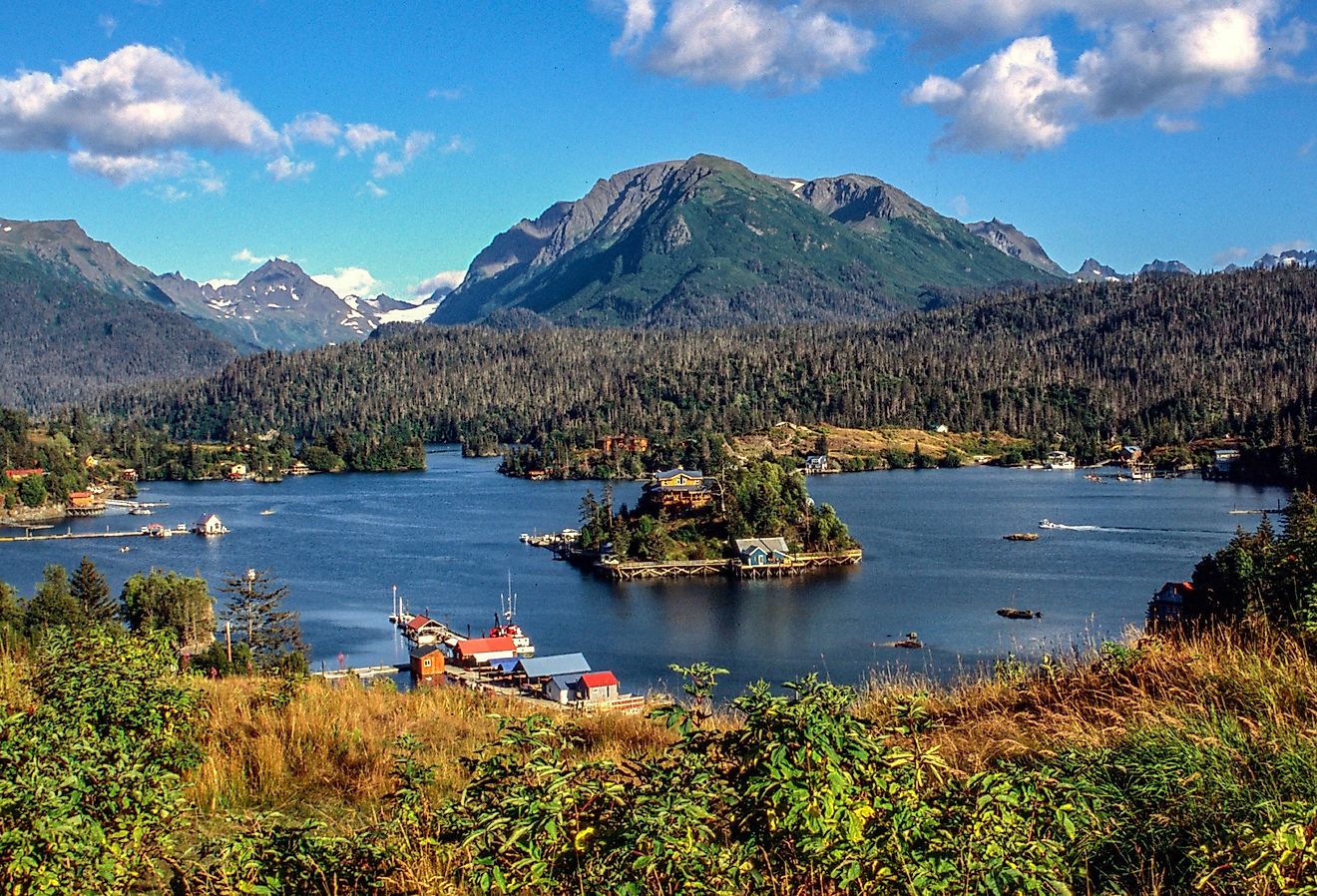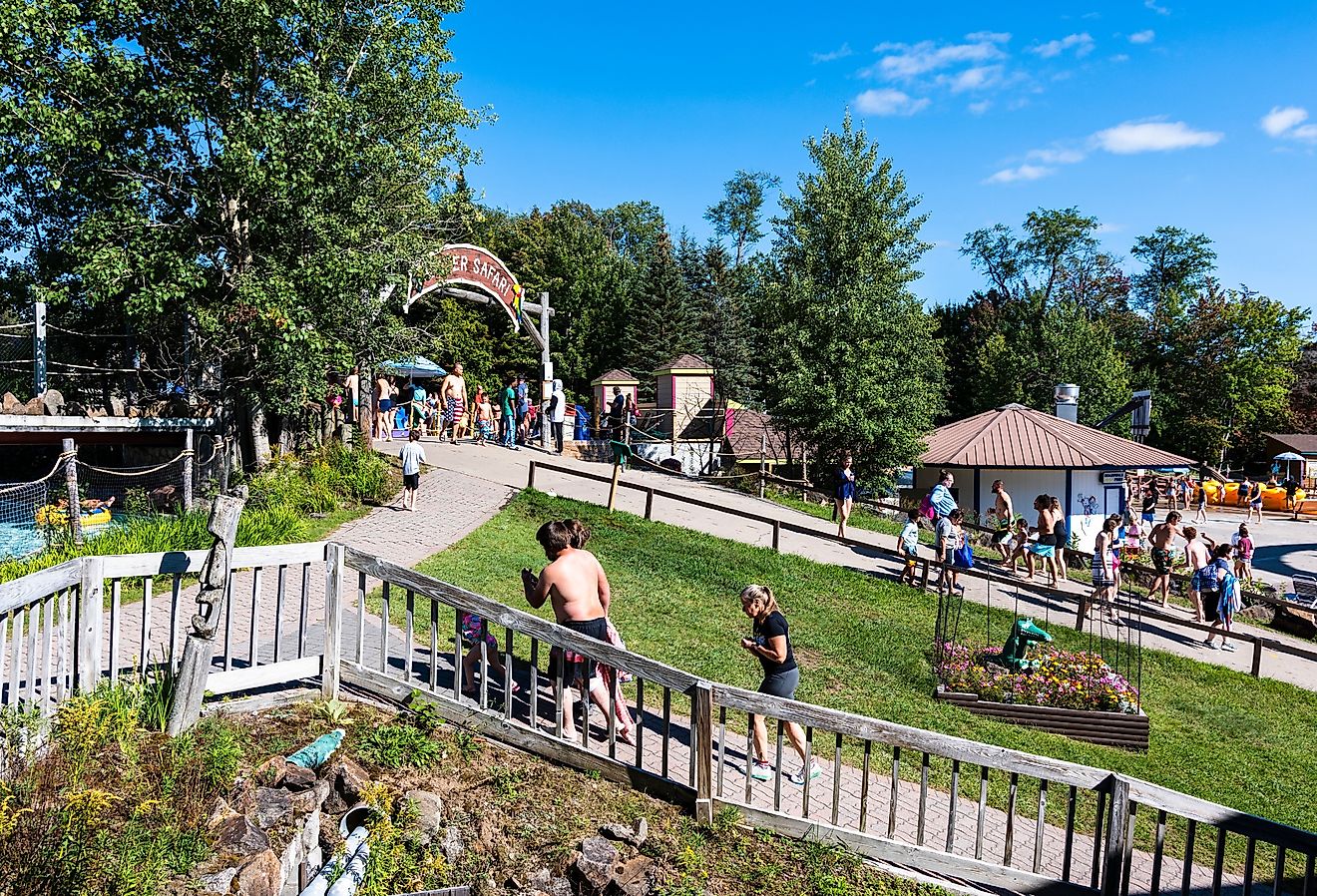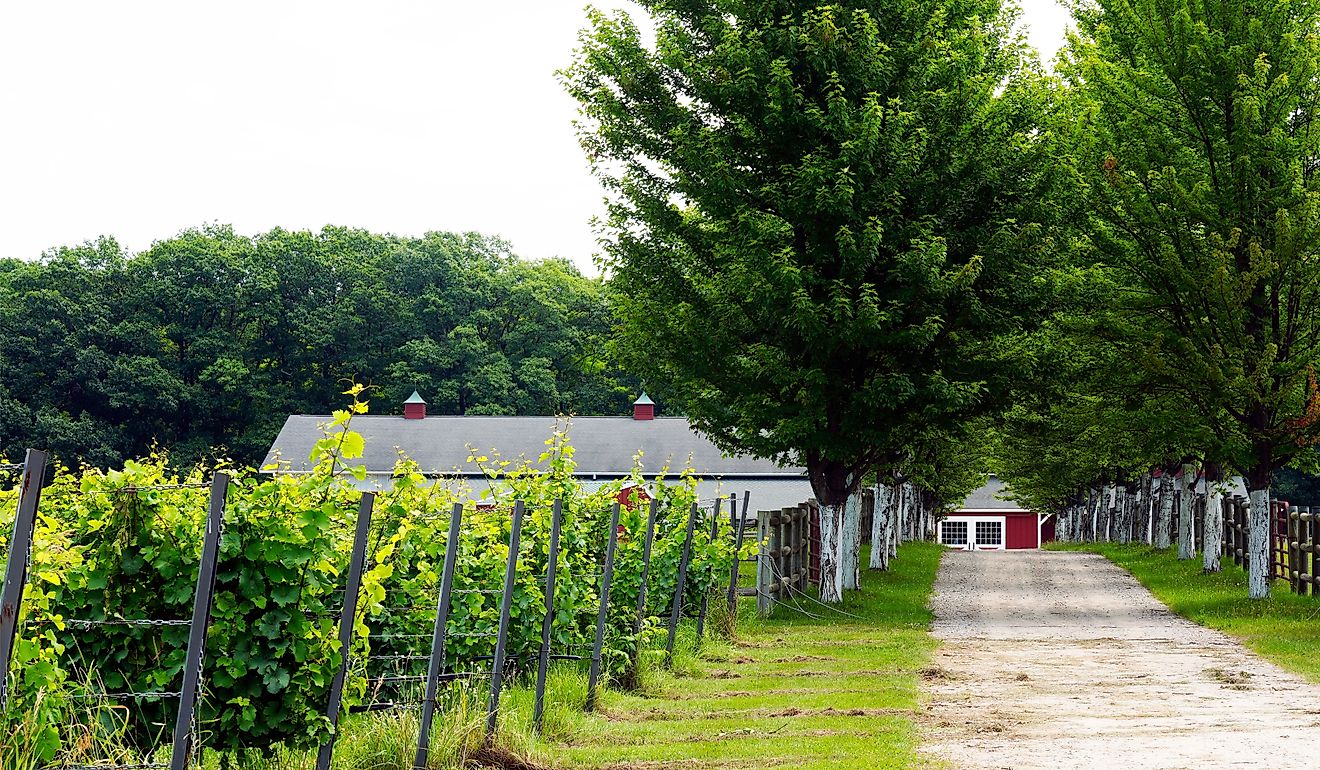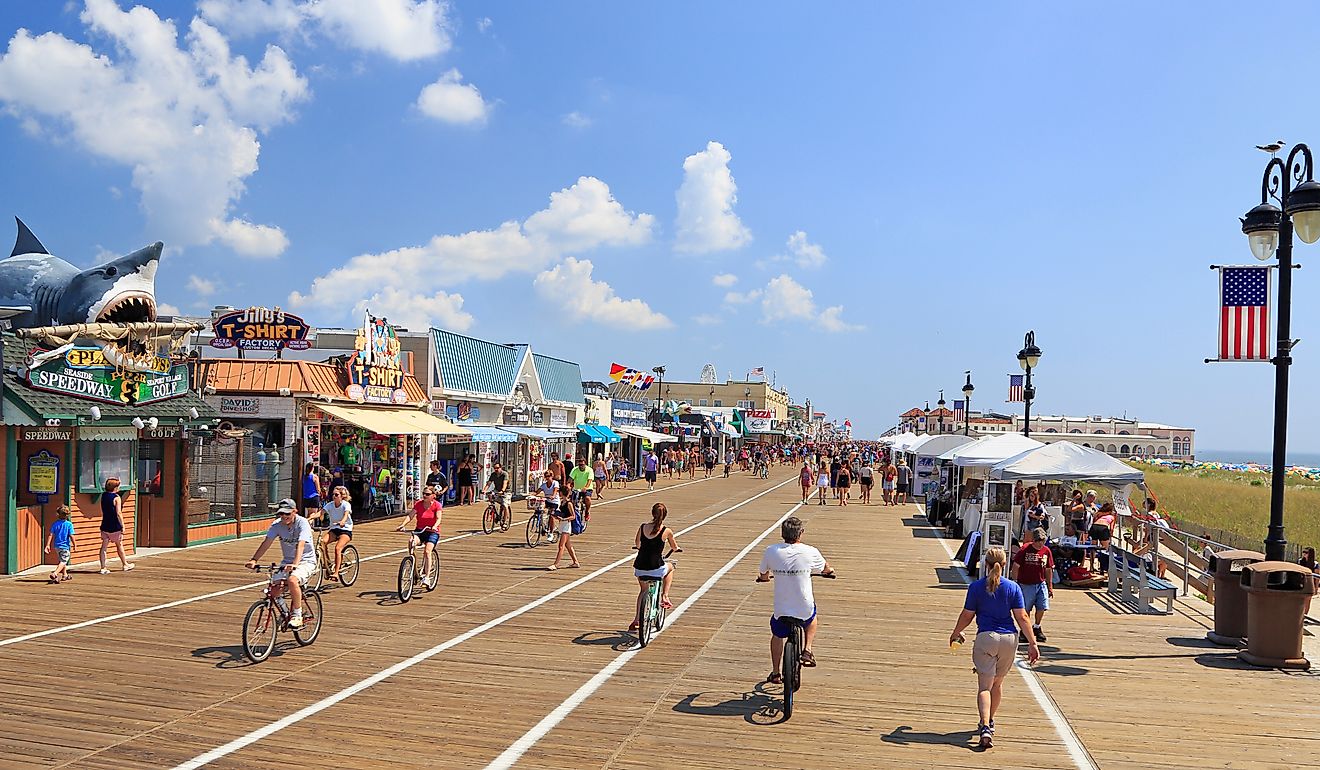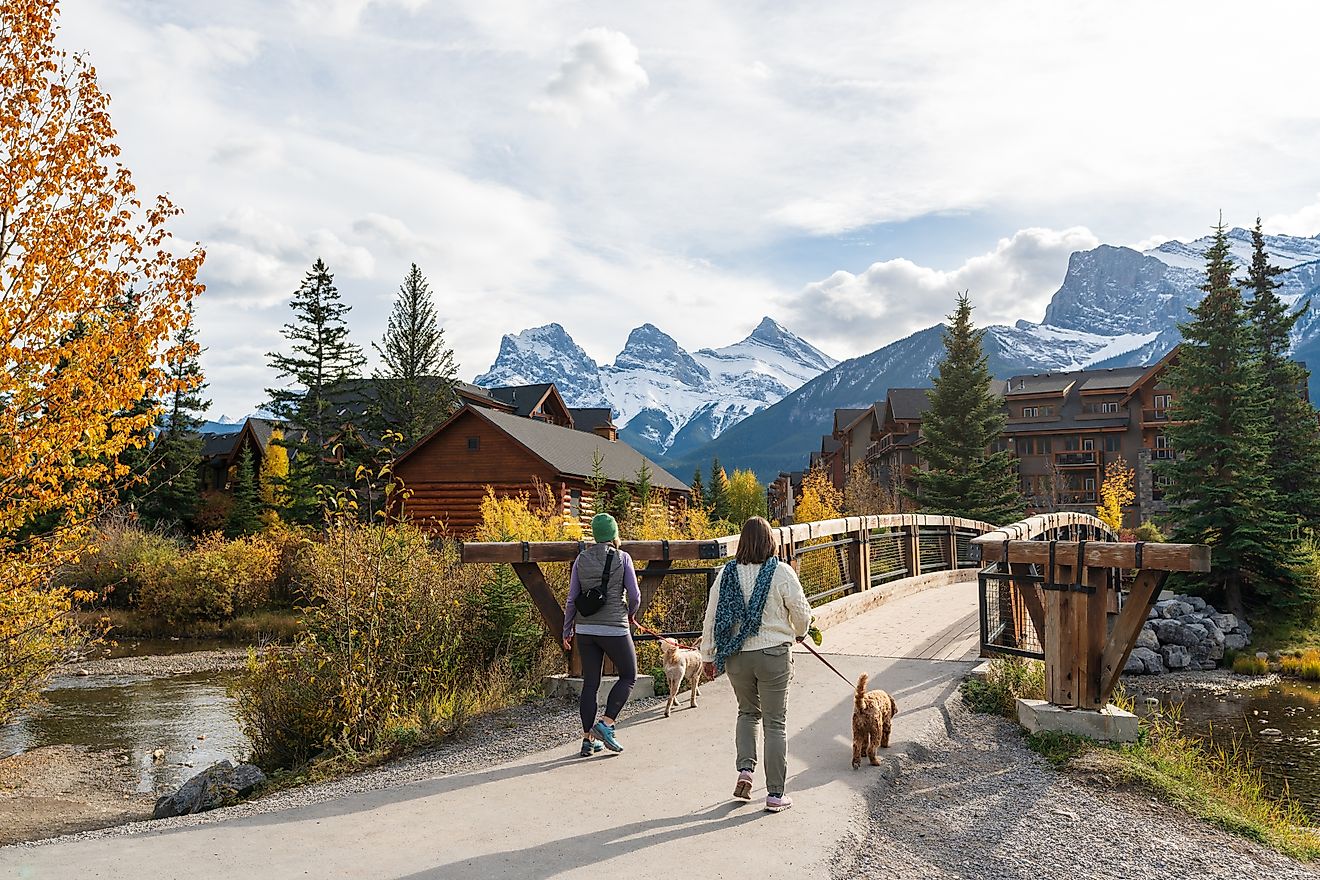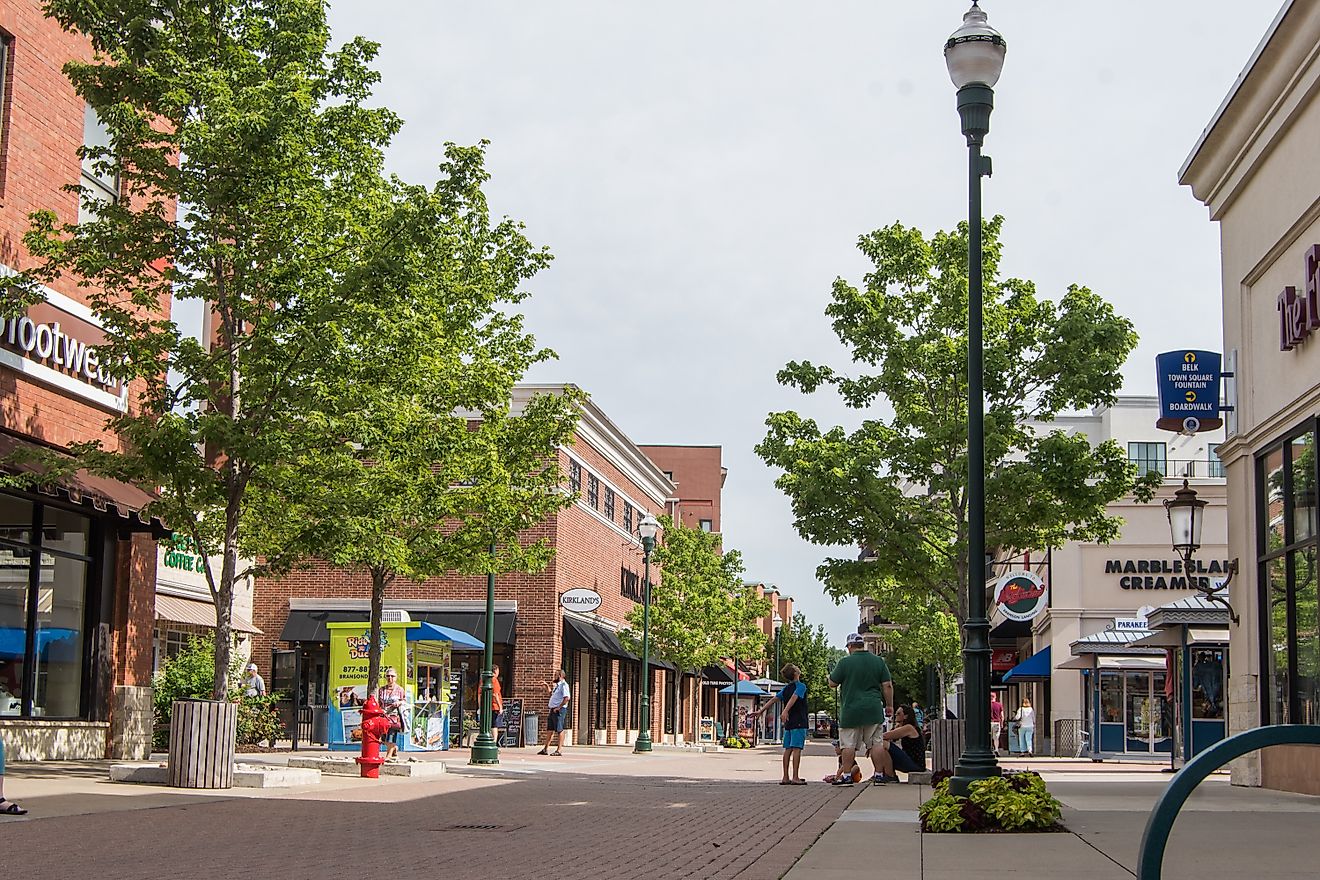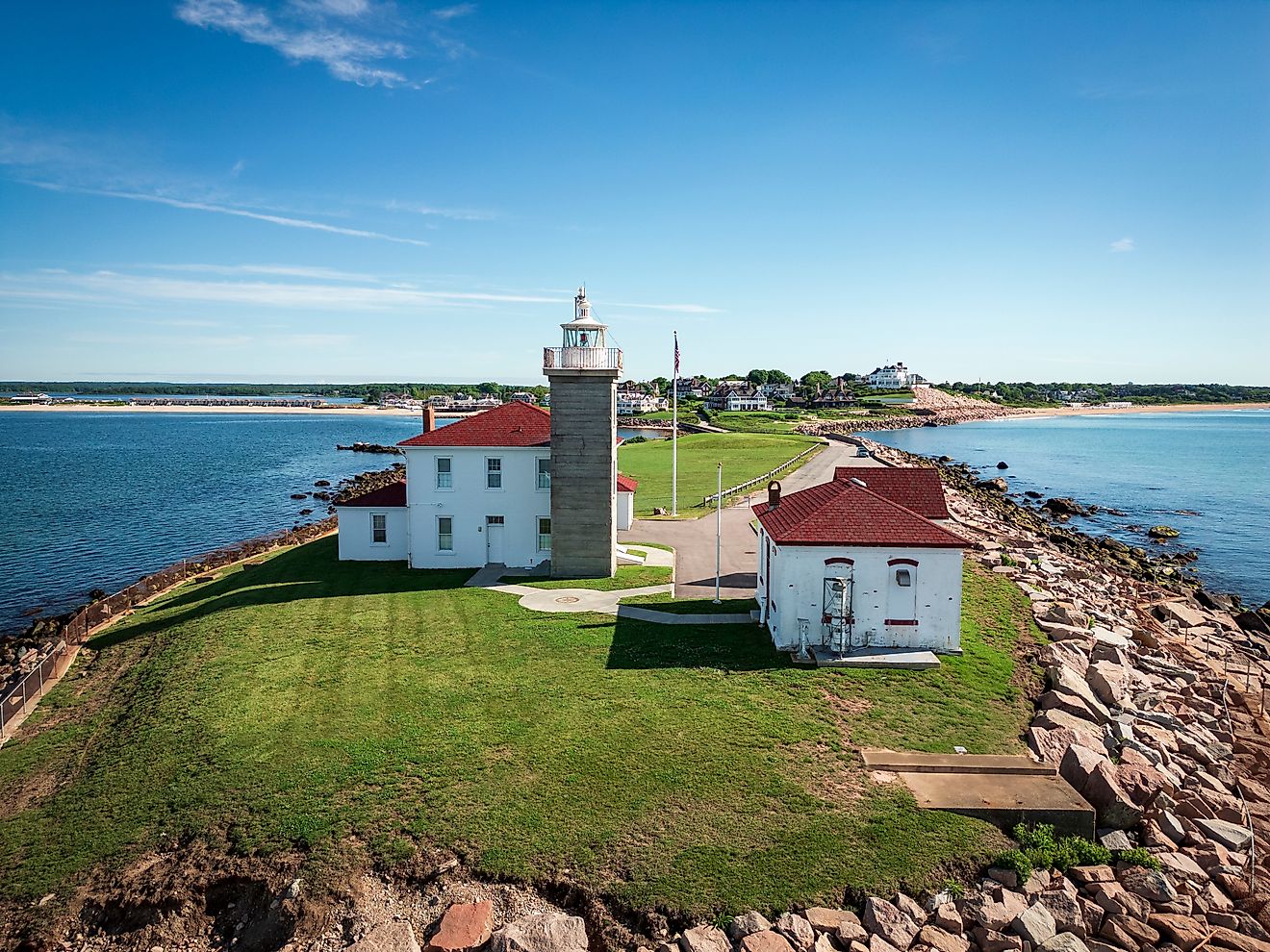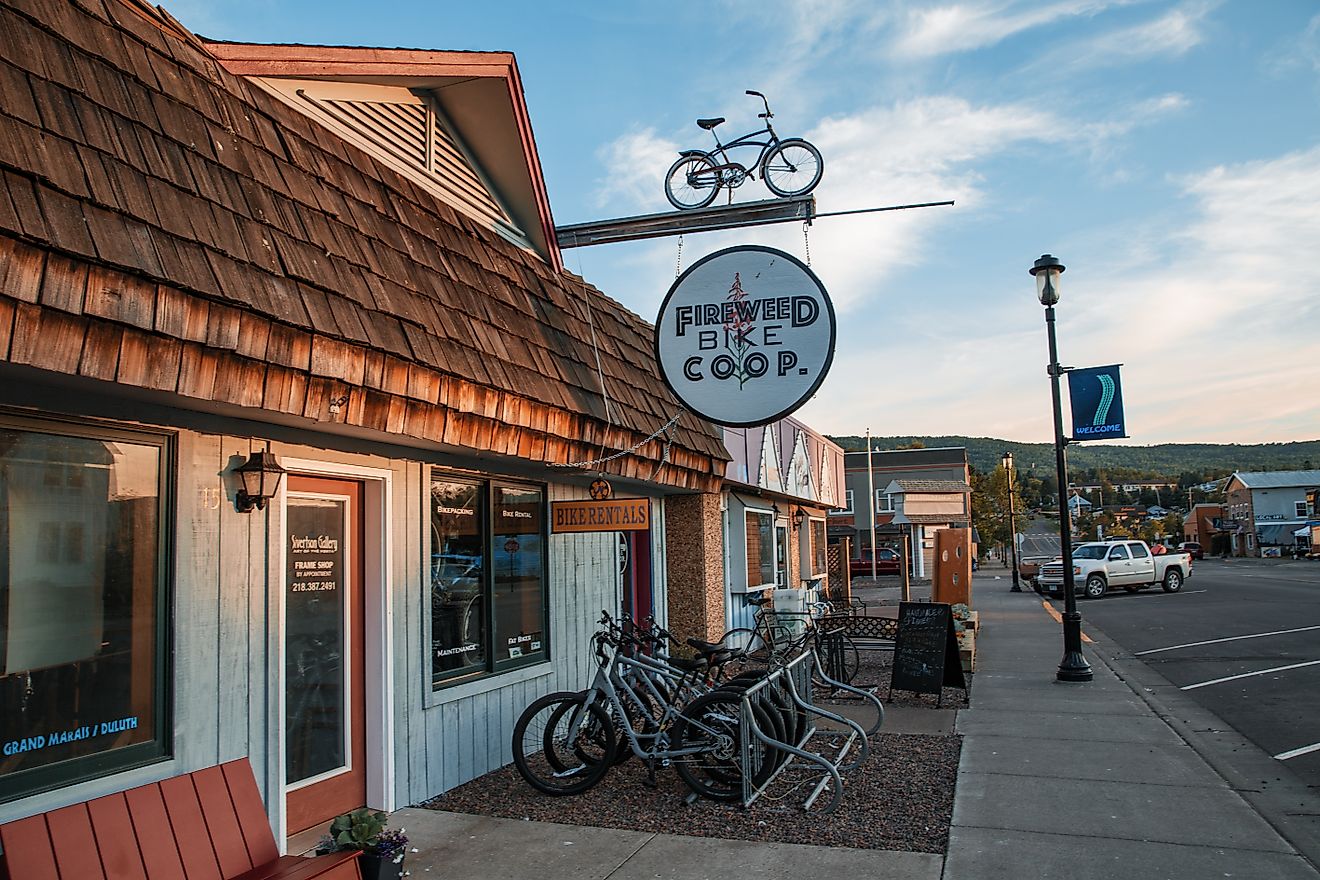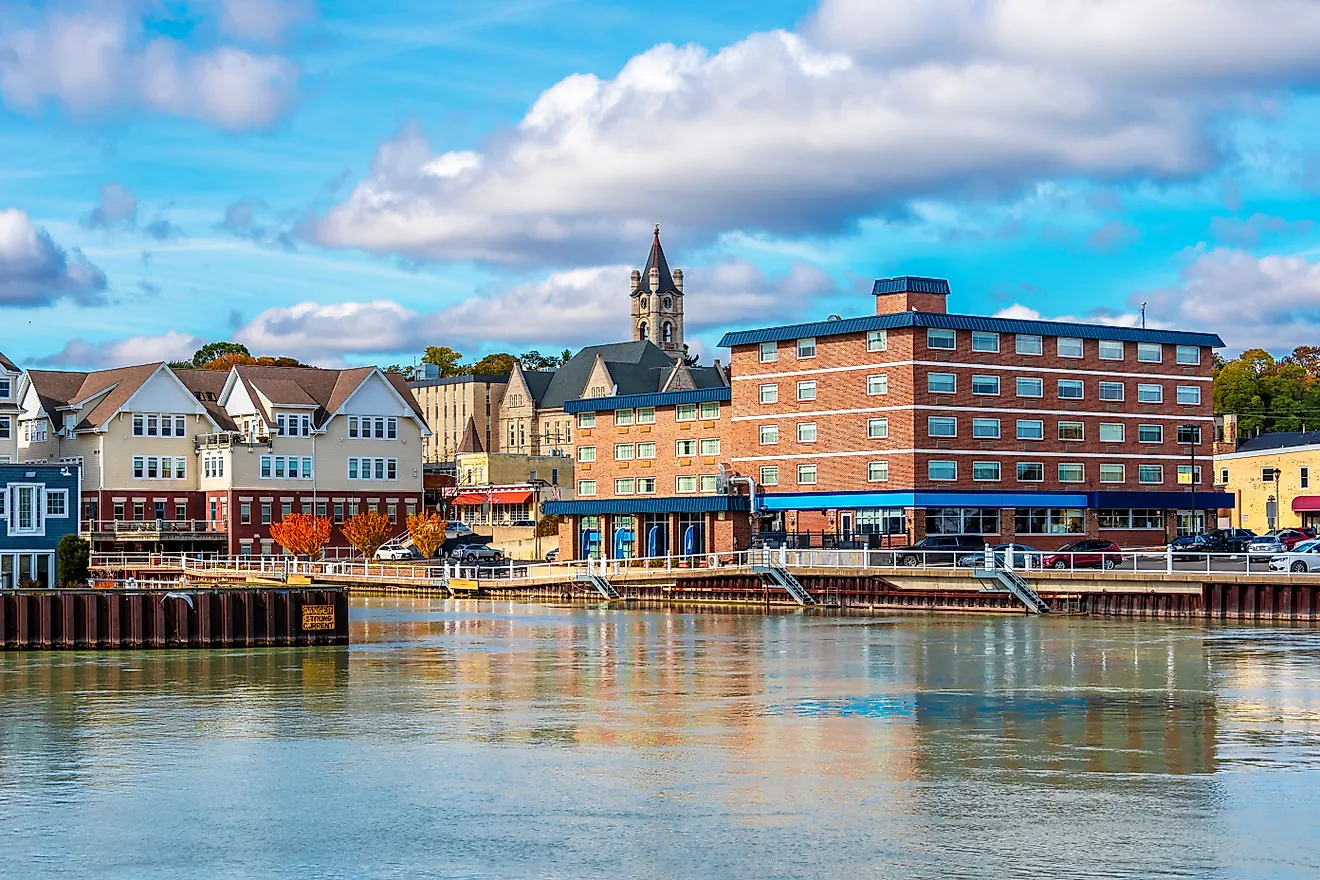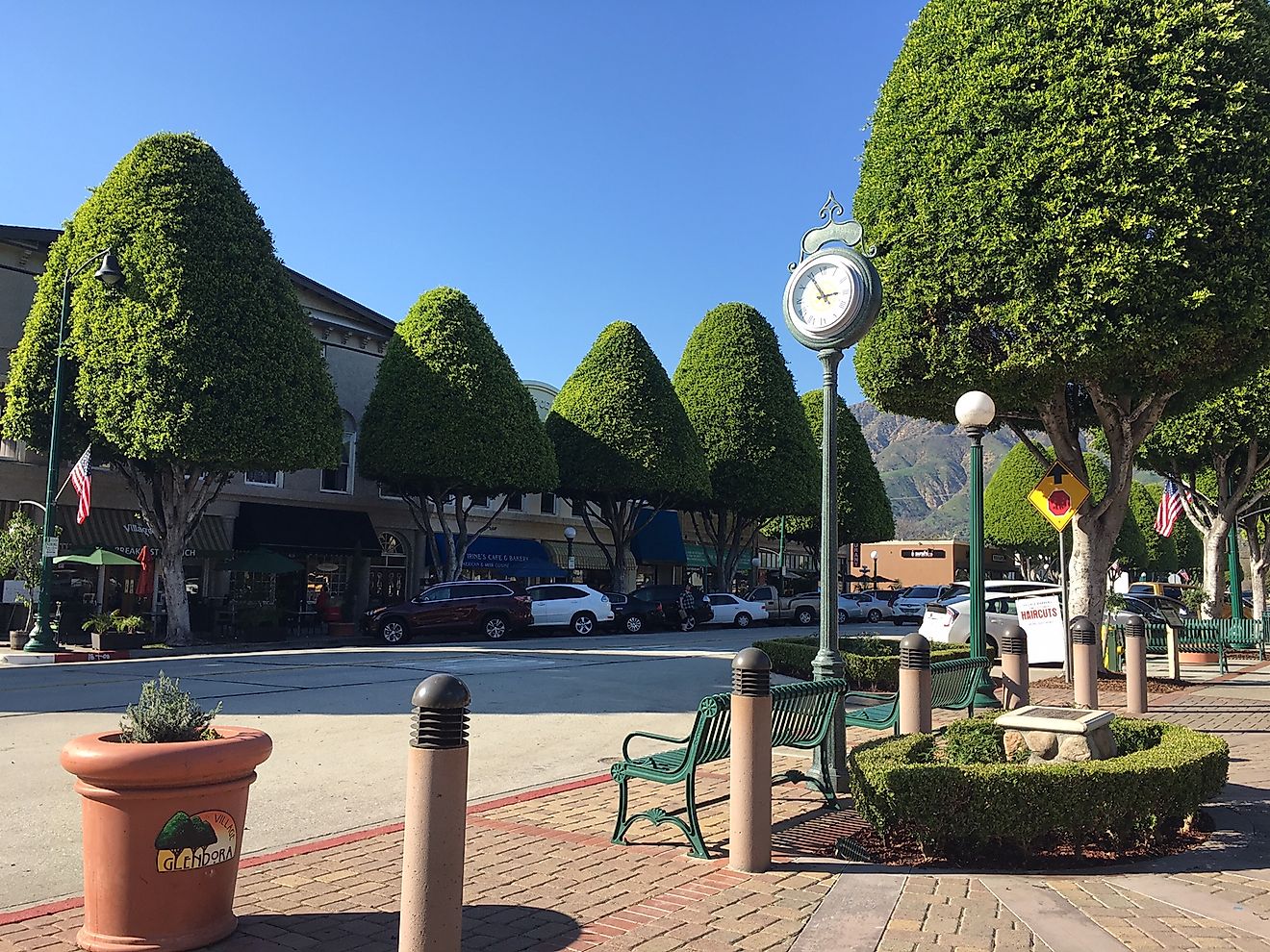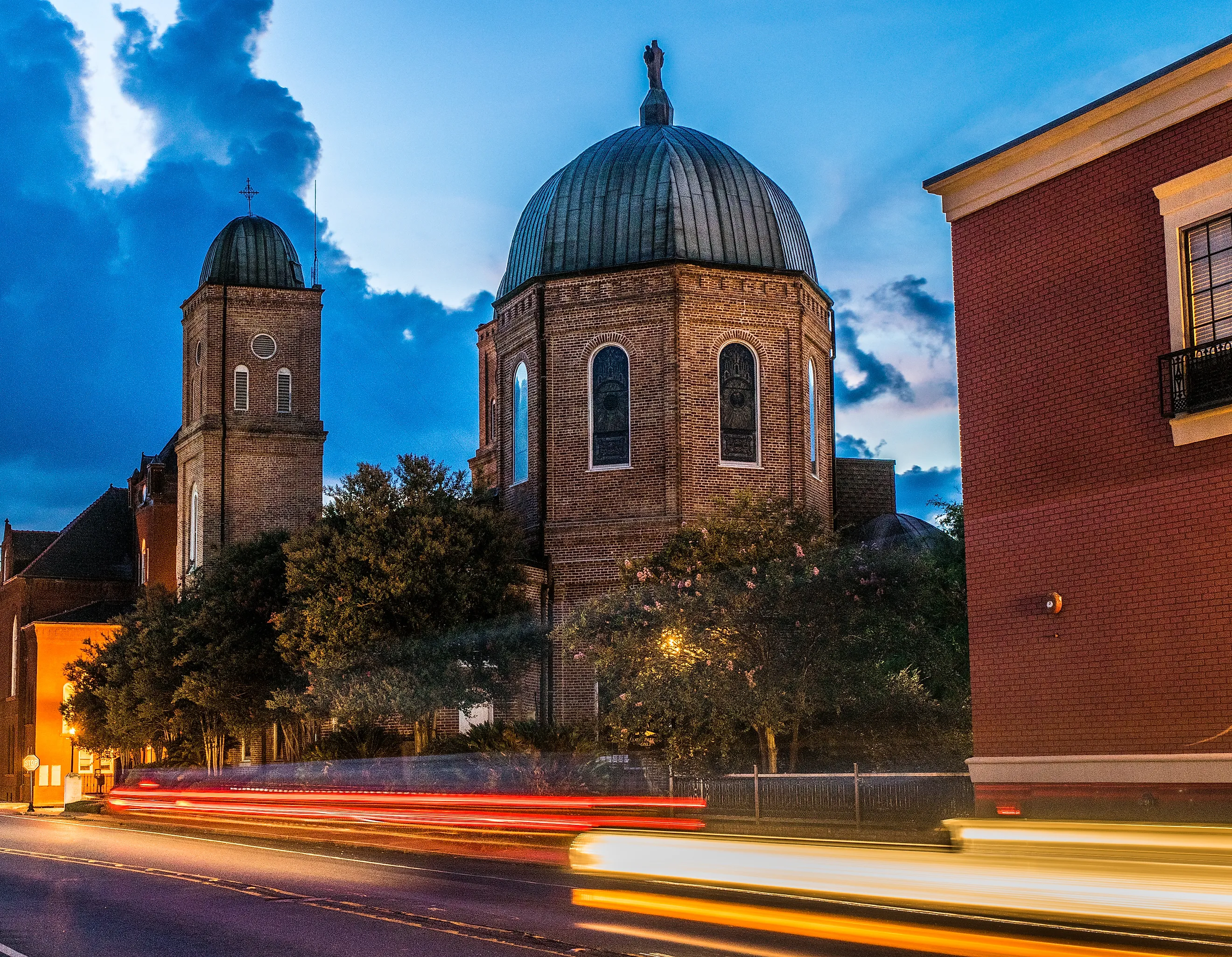
6 Most Scenic Drives in Louisiana
There’s a distinct authenticity to Louisiana's backroads that’s impossible to beat. Sure, cruising along an Interstate is fast and (usually) efficient, but at what price? Well, you’d miss countless off-the-beaten-path small towns and attractions, not to mention unique cultural traditions and food experiences, and some of the friendliest people you’ll ever meet.
So ease off the gas a little, take your sweet time, and you’ll find yourself immersed in a whole other world of stunning scenery. After all, Louisiana isn’t called the “Bayou State” for nothing.
Bayou Teche Scenic Byway
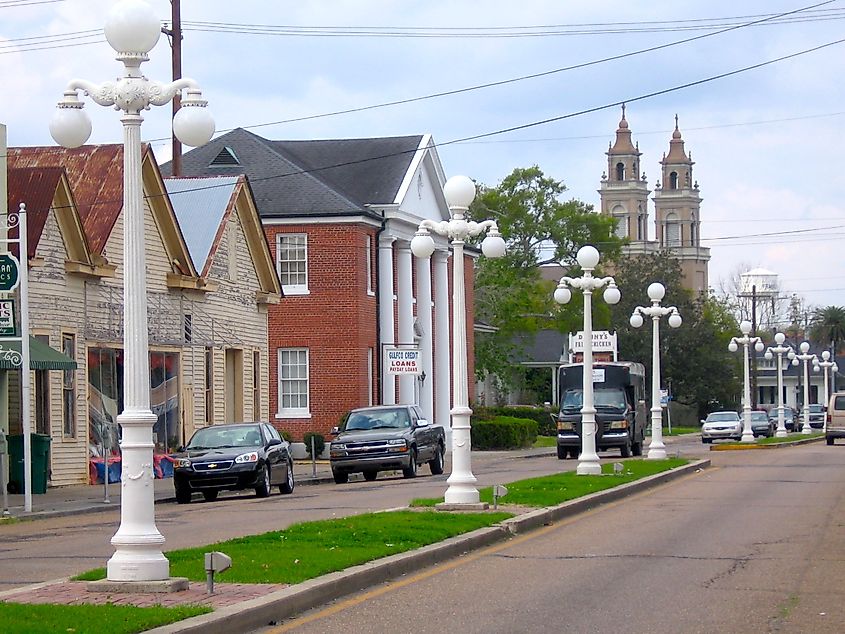
Bayou Teche Scenic Byway follows the snaking path of its namesake waterway for 85 miles through the heart of Acadiana (French-influenced south Louisiana). Morgan City, a town built on petroleum and shrimp, marks the southern end of this National Scenic Byway and is home to the International Petroleum Museum and Exposition. Highlights include Mr. Charlie, the world's first submersible drilling rig.
Following Highway 182 north, the byway enters Franklin with its classic antebellum architecture along Main Street. In addition to Grevemberg House, a Greek Revival mansion that’s now a museum, was built in 1851, Oaklawn Manor was built in 1837 and is surrounded by trees planted in the 1820s. Head 26 miles north to New Iberia, home to the Shadows-on-the-Teche, an 1834 plantation home featuring original furnishings and an honest interpretation of slavery's role in creating such opulence.
The byway ends in St. Martinville, an attractive small town once called "Petit Paris" for its French culture. Pretty St. Martin de Tours Church, established in 1765, is worth visiting, while the adjacent Acadian Memorial and Museum honors the many Acadians who found refuge in Louisiana between 1764 and 1788.
Plantation Alley
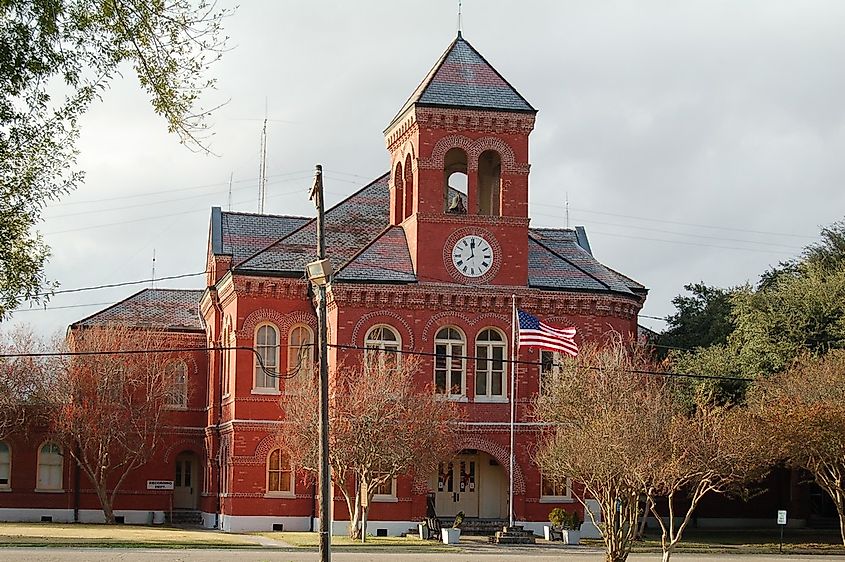
The most interesting section of Plantation Alley, through which travelers can learn more about the state's history of slavery, connects Donaldsonville to Wallace and follows the mighty Mississippi River through sugar cane country with several historic estates to visit. Beginning in Donaldsonville, Louisiana's very first state capital, take time to explore the town's beautiful Historic District. Boasting over 600 buildings on the National Register of Historic Places, highlights include the red-brick Donaldsonville Courthouse and the B. Lemann & Bro. Department Store Building with its distinctive cast-iron galleries.
From here, head south to Whitney Plantation near Wallace (you’ll pass by Oak Alley Plantation, worth stopping at if you have time for its oak-lined driveaway). Unlike other plantation tours, Whitney dedicates itself entirely to telling the story of slavery. The grounds contain restored slave cabins, a freedmen's church, and memorials listing the names of enslaved people who lived and died here, with Audio guides featuring 1930s first-person accounts by formerly enslaved people.
Crossing to the east bank of the Mississippi, head northwards to Darrow to visit Houmas House Estate and Gardens. Known as the "Sugar Palace" for the vast fortune it generated from sugar cane, this 1840s Greek Revival mansion features period antiques, including Federal furniture and portraits, and European-style gardens (there’s also a Louisiana indigenous garden with native plants). The property's Great River Road Museum features exhibits related to sugar production through artifacts and documents, including inventories that document the 800 enslaved people who worked these fields at the plantation's peak. Crossing back over the Mississippi will bring you back to Donaldsonville.
Creole Nature Trail
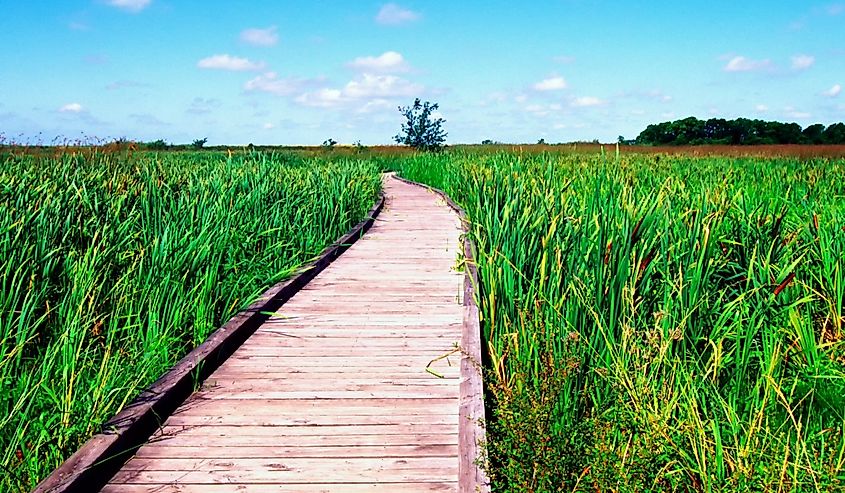
The Creole Nature Trail's 110-mile western loop, part of the 207-mile-long All American Road, ventures into the Louisiana Outback, a vast wilderness of marshes, prairies, and beaches. Start in Sulphur at the Creole Nature Trail Adventure Point, where interactive exhibits explain the region's ecology, from the coastal prairies to ancient beach ridges forested with oaks, as well as the wildlife you’ll see along the way.
Highway 27 heads south through Hackberry, where the Sabine National Wildlife Refuge begins. Take a stroll along the Wetland Walkway, a 1.5-mile boardwalk loop with alligators often seen along Alligator Alley. Twenty miles south, Holly Beach (aka, the Cajun Riviera) boasts 26 miles of undeveloped Gulf shoreline littered with washed-up seashells.
The Cameron Ferry carries vehicles across the the Calcasieu Ship Channel. A brief voyage, you’ll want to position yourself at the stern to see bottlenose dolphins riding the wake behind you. Cameron Prairie National Wildlife Refuge features the Pintail Wildlife Drive, a scenic three-mile tour through managed wetlands. Pop into the visitor center with its observation deck providing panoramic views across the prairie.
Cane River National Heritage Trail
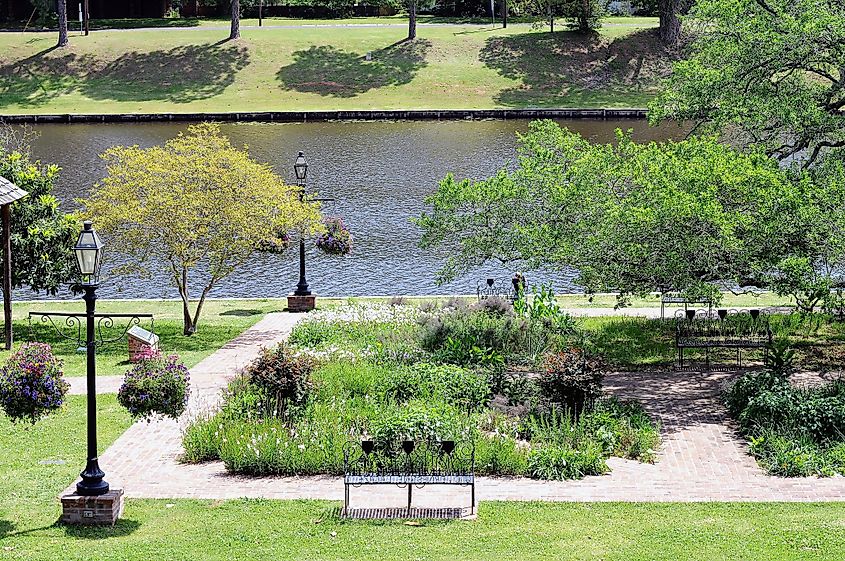
The Cane River National Heritage Trail hugs both banks of Cane River Lake, an oxbow that once served as the Red River's main channel. Natchitoches, at the north end of the lake, was founded in 1714, predating New Orleans by four years and features a 33-block National Historic Landmark District that’s home to the state’s largest collection of historic buildings. Highlights include the Kaffie-Frederick General Mercantile Store, operating since 1863, and Lasyone's Meat Pie Restaurant, serving traditional Creole-style dishes since the 1960s.
Highway 119 follows Cane River Lake south through pecan groves and former cotton fields to the Oakland Plantation. Part of Cane River Creole National Historical Park, the estate includes the main house, slave quarters, and the overseer's house, completing the picture of plantation life with original documents and artifacts. Nearby Melrose Plantation tells the story of Marie Thérèse Coincoin, who was freed from slavery and eventually owned nearly 1,000 acres.
The byway ends in Cloutierville at Kate Chopin House.The site was once home to Kate Chopin’s Creole cottage, but the house was destroyed by fire in 2008. Today, her legacy is honored through historical markers and exhibits in the region.
Boom or Bust National Scenic Byway
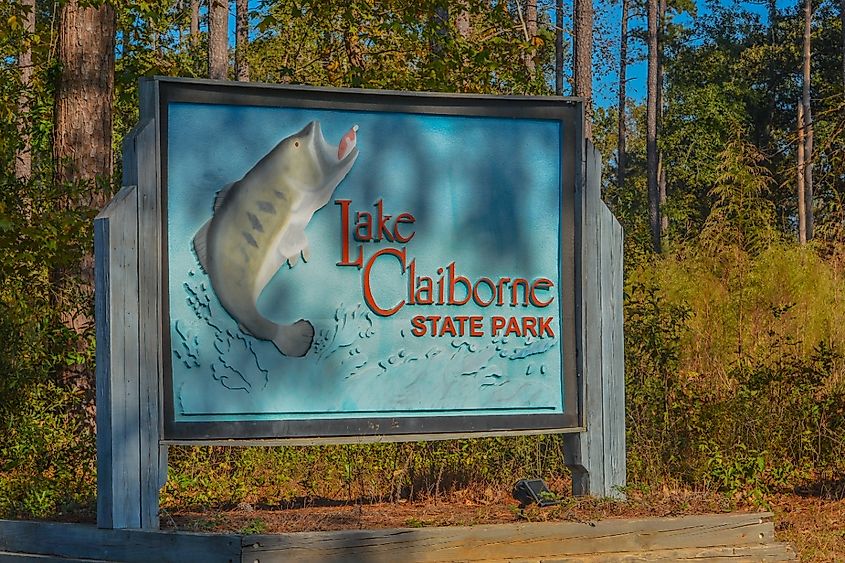
Offering a unique view of northwest Louisiana's roller coaster ride from timber wealth to oil discovery to agricultural renewal (and all the lows in between), the Boom or Bust Byway's 85-mile section from Vivian to Homer is the best bit of this 135-mile route. Itself extremely scenic, Vivian is located just a few miles from the border with Texas. Take the time to explore attractions like the Vivian Railroad Station Museum (aka, the Depot Museum) before heading south to Oil City for its old displays about an industry that transformed Louisiana.
Highway 2 continues through the rolling hills past Hosston to the wonderfully named Plain Dealing with its attractive old downtown area. Between Plain Dealing and Sarepta, the byway crosses Bayou Dorcheat at Sykes Ferry Landing, where a Civil War skirmish occurred in 1864 (it’s now a popular bass fishing spot and boat launch). Homer is also worthy of a stop for the Claiborne Parish Courthouse, built in 1861, and the Herbert S. Ford Memorial Museum in the restored Claiborne Hotel (check out its displays of vintage weapons owned by the ultimate American road trippers, Bonnie and Clyde).
The route ends at Lake Claiborne State Park, 6,400 acres of clear water surrounded by pine-covered hills. The park offers swimming beaches, hiking trails, and some of Louisiana's best freshwater fishing, as well as a 60-mile shoreline that remains largely undeveloped.
Zydeco Cajun Prairie Scenic Byway
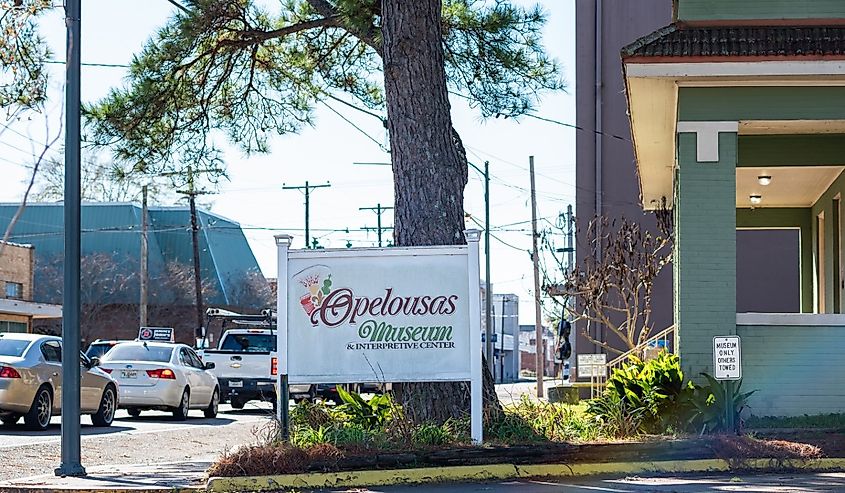
The 65-mile Eunice to Opelousas leg of the lengthy Zydeco Cajun Prairie Scenic Byway makes for a lovely Louisiana scenic drive and a dose of Bayou State culture. Starting at Eunice, the Prairie Acadian Cultural Center (part of Jean Lafitte National Historical Park) features exhibits and demonstrations explaining how Acadians adapted to prairie life after arriving from Canada, including cooking demos that reveal the differences between prairie Cajun cuisine and that of the wetlands (more beef and pork, less seafood).
Follow Highway 13 south to Crowley, "The Rice Capital of America." The Crystal Rice Heritage Farm has tours explaining modern rice cultivation. From here, the route turns northwest through Church Point, the "Buggy Capital of Louisiana" until automobiles arrived, to Grand Coteau, home to the Academy of the Sacred Heart, established in 1821, known for its antebellum elegance.
Other notable stops include Opelousas, Louisiana's third-oldest city and the nation’s Zydeco music capital. A visit to the Opelousas Museum and Interpretive Center will teach you more about this uniquely African American contribution to Louisiana culture. Several zydeco dance halls host live music, including Slim's Y-Ki-Ki, an authentic rural club as popular with locals as it is with tourists.
The Final Word
Take a drive along any of Louisiana's scenic byways and you’ll experience the kind of authentic sightseeing opportunities you just can’t find in the Bayou State’s big cities. From plantations to wild places where nature still rules, as well as undeniably cool small towns known for their traditional music and food, these six scenic drives demonstrate that the most rewarding travel is best done at a slower, more relaxed pace.
